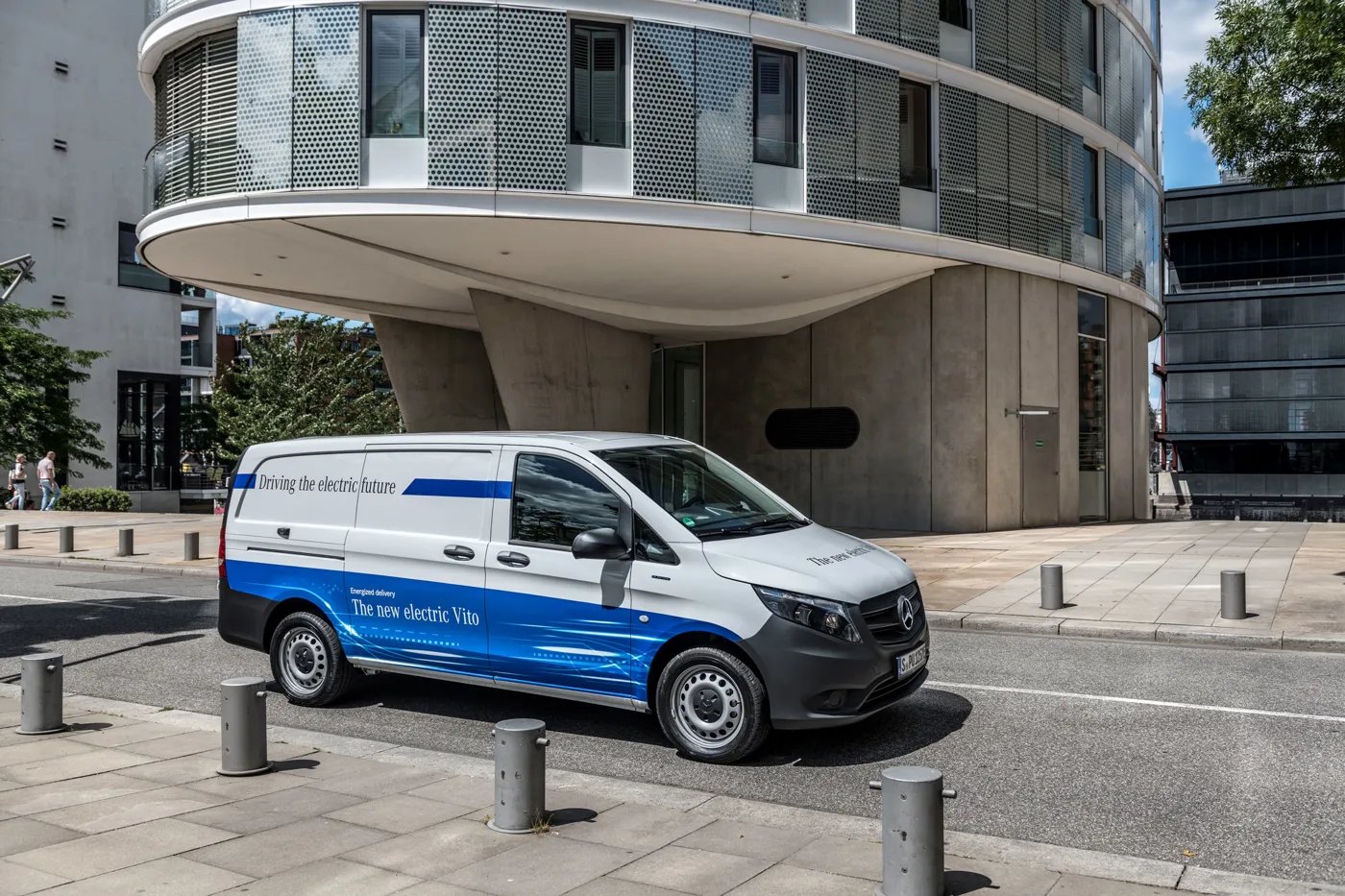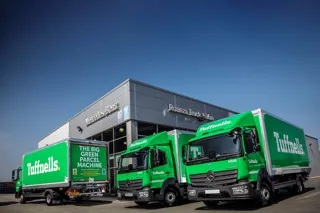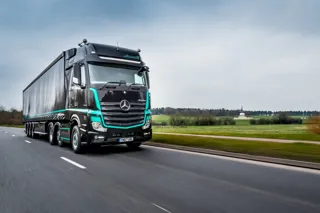Review
Mercedes tests two models with an eye on the desire for larger electric vans with acceptable cargo volumes. By Simon Harris
Electric vans may be coming of age. The bulk of the volume in the fledgling electric van market in the UK to date has been in small vehicles, but a number of manufacturers have plans to roll out electric versions of larger vans.
Many potential users say that to work effectively, they need the cargo volume of larger vans. Those using them as multi-drop delivery vehicles around towns or cities would run out of cargo before they run out of charge in a Nissan e-NV200 or a Renault Kangoo ZE.
Renault plans to launch the Master ZE at the end of the year, Volkswagen is trialling the eCrafter and Mercedes-Benz has electric versions of the Vito and Sprinter in the pipeline.
The eVito is expected to make its debut in production form at the IAA in Hannover in September, with UK sales beginning early in 2019. The eSprinter is expected at a later date.
Mercedes-Benz will also launch an electric version of the Citan after both the larger vans have gone on sale.
We had the chance to get behind the wheel of prototype versions of the Vito and Sprinter ahead of the UK pricing and specification being agreed.
Both vans have battery cells mounted low in the chassis so as not to encroach on the cargo capacities. This positioning also helps ensure a low centre of gravity when loaded.
Three batteries are used in the eVito. These provide a total installed battery capacity of 41.4 kWh and a range of up to 93 miles.
Mercedes-Benz claims that, even fully laden in winter, a range of 62 miles is still possible. With a 7.2 kW AC charging system the battery can be fully charged in around six hours.
The eVito and eSprinter have a peak output of 114PS and up to 300Nm of torque. The continuous output is 95PS. This means performance is comparable with that of a 111 CDI with diesel engine. The eSprinter, therefore, can be compared to the Sprinter 311 CDI.
The eVito can be charged at a public charging station or at home, or from a depot wallbox. In the future, rapid charging via a DC charging infrastructure will also be possible.
The eSprinter is available with four battery packs to offer similar performance to the eVito but, for customers who don’t need the maximum 93-mile potential range, it’s possible to specify the van with three batteries and offer a payload of more than a tonne (1,040kg instead of 900kg).
In line with Mercedes-Benz’s strategy of becoming what it describes as a holistic provider of mobility products, there are offers that can optimise fleet management processes.
As well as the Mercedes Pro Connect services, Mercedes-Benz Vans is planning to offer a further connectivity package specifically for electric commercial vehicles.
This includes a fleet management system specific to electric vehicles that, for example, takes account of the charge level of the vehicles as well as range and temperature conditions when planning routes.
On top of this there are intelligent load compartment provisions and mobility services such as leasing offers and options for short-term rental.
By 2019, Mercedes-Benz Vans will have invested around €150 million (£135m) in the electrification of its commercial product range.
The investments will go into the adaptation of existing technologies and into its own development activities.
For example, there was a Sprinter F Cell hydrogen fuel cell vehicle concept underpinning a motorhome body on display alongside the battery electric vans, although no date has yet been suggested for that powertrain going into production.
Rather that Mercedes-Benz is keen to demonstrate the potential of various electrified platforms.
Although the interior designs of the eVito and eSprinter were not finalised, we had a decent feel for how they would perform in urban areas.
Both vehicles were lively in low-speed traffic, and have the capacity to vary the level of energy recuperation when decelerating.
With the maximum setting selected, drivers would need to use the brake pedal less and businesses might find brake pad replacement is a less frequent occurrence.
There are four drive modes, with an ‘eco’ mode restricting power and able to make the charge stretch a little further.
Preliminary range data has been collated in the default drive mode, meaning selecting ‘eco’ could see the range increased beyond the predicted 93 miles maximum.
Mercedes-Benz wasn’t able to offer firm guidance on price so far ahead of the market launch, but both vans show much promise for those operators who can take advantage of electric power.
Verdict
Electric vans are improving with each generation as powertrains become more efficient.
Engineers are targeting that crucial range window where short-range delivery vehicles and professional technicians could make the best use of them.
We look forward to seeing this early promise of the prototypes carried through to production versions when we drive them.





















